How to ferment vegetables at home: 10 simple recipes for beginners
Content:
- List of Verified Recipes
- Recipe 1. Sauerkraut with cranberries
- Recipe 2. Saltless Sauerkraut
- Recipe 3. Sauer Beet
- Recipe 4. Kimchi
- Recipe 5. Pickled Cucumbers
- Recipe 6. Black Garlic
- Recipe 7. Pickled bell peppers
- Recipe 8. Fermented Green Beans
- Recipe 9. Vitamin Blend Fermented Vegetables
- Recipe 10. Spicy Mediterranean Vegetable Salad
- How useful and harmful are fermented vegetables?
Fermented vegetables are very useful for human health, the recipes for the preparation of which can rightfully be considered a national treasure. Sauerkraut and pickles have long been popular in Russian cuisine. But few know that almost any vegetables can be fermented at home. The main thing is to know the technology and use suitable spices. We have collected the 10 best recipes that will allow you to make healthy and tasty preparations for the winter.
List of Verified Recipes
For the preparation of fermented vegetables, it is better to use large table or sea salt. Shallow dining room and iodized negatively affect the taste of the product and can even lead to premature spoilage.
The optimum temperature for the fermentation of vegetables is 21–25 degrees.
Recipe 1. Sauerkraut with cranberries
Sauerkraut is one of the best food sources of vitamin C. The famous explorer James Cook stuffed wooden barrels with this delicacy, which he then loaded on board before sailing. So he protected the members of his team from scurvy - a serious disease caused by a deficiency of ascorbic acid in the body.
How to cook sauerkraut with cranberries at home?
Prepare the following ingredients:
- fresh cabbage - 1 kg;
- half a large carrot;
- cranberries - 80 g;
- salt - 2 tbsp. spoons;
- granulated sugar - 1 tbsp. a spoon;
- Bay leaf.
Chop the cabbage, and grate the carrots. Stir the vegetables. Rinse and dry the berries. Add salt and sugar to the vegetable mixture.
Prepare a deep container. Put the vegetable mixture on the bottom, sprinkle 1/3 of the berries, put a bay leaf in the center. Make 3 more of these layers. Crush the cabbage with a plate with a load (for example, a package of cereals). Leave the product to ferment at room temperature for 5 days. During this time, foam should appear on the surface.
Make holes in the cabbage to the bottom with wooden sticks. Leave it to ferment for another 5–7 days. Then transfer to a glass jar and store in the refrigerator.
Sauerkraut is able to stand in the cold for 3-4 months.
Recipe 2. Saltless Sauerkraut
Want to cook sauerkraut without salt? Then try this recipe.
Prepare the following products:
- cabbage (preferably late) - 1 kg;
- one apple;
- one carrot;
- dried dill seeds - 10 g.
Chop cabbage, peeled apple and grate carrot on a coarse grater. Mix vegetables, fruits and seeds in one deep container, knead strongly with your hands so that juice begins to stand out. It is advisable to use dishes made of acid-resistant material (for example, an enameled pan or stainless steel) for fermentation.
Cover the workpiece with a flat plate with cargo. Put fermented at room temperature for 3 days. Place the ready-made sauerkraut in glass jars and place it in a cold place. Shelf life is 1 month.
Recipe 3. Sauer Beet
Beetroot can be made not only for consumption as an independent snack.It makes a very tasty beetroot. To taste, this soup resembles something between a borsch and cabbage soup.
For starter culture you will need the following ingredients:
- beets - 5 pcs. medium size;
- salt - 1 teaspoon;
- water - 500 ml;
- chopped greens (dill, cilantro or parsley) - a quarter cup;
- cumin seeds - 10 g.
Cut the vegetables into circles up to 0.5 cm thick. Pour the cumin seeds into a glass jar. Put beet circles on top.
Dissolve salt in hot water. Pour the beets with salt liquid so that they completely cover it. Sprinkle with chopped herbs. Place a load on top and cover the container with a clean cotton cloth or gauze. Put the beets to ferment at room temperature.
After 10-14 days, remove the load, remove the greens from the jar. Close the container with a nylon cover and store in a cold place.
Sauer beets should be consumed within 3-4 months.
Recipe 4. Kimchi
This fermented dish came to us from South Korea, where a large number of physically healthy and slender people live. Kimchi has a sweet and sour taste with sharp notes.
The following foods should be used to make a Korean dish:
- Chinese cabbage - 1 pc.;
- carrots - 1 pc.;
- green onions - 100 g;
- pink sea salt - 1 teaspoon;
- soy sauce - ¼ cup;
- garlic - 10 cloves;
- ground ginger - 1 tbsp. a spoon;
- small boiled shrimp - 2 tbsp. spoons;
- honey - 1 tsp;
- water - 250 ml.
Chop the Beijing cabbage. Dissolve the salt in a glass of water. Pour the cabbage with brine and leave in the kitchen for 6 hours.
Grate carrots on a coarse grater, chop green onions. Whip the remaining components listed in the blender until gruel. Add carrots, green onions and spicy mixture to cabbage, mix.
Squeeze the vegetables in a bowl full of cargo. Put fermented at room temperature. After 3 days, kimchi will be ready. It is stored in the cold for 2 months.
Recipe 5. Pickled Cucumbers
Sour-sour pickled cucumbers are an excellent addition to boiled potatoes and meat dishes. And to prepare the leaven is very simple.
You will need the following ingredients:
- cucumbers - 1500 g;
- salt - 2.5 tbsp. spoons;
- water - 1500 ml;
- garlic - one head;
- dill - 3 umbrellas;
- horseradish leaves.
Small cucumbers with pimples are more suitable for fermentation. Rinse them and leave in water for 3 hours. She will remove the excess bitterness. Then put the vegetables in a deep pot along with dill and garlic. Top with horseradish leaves. Tamp vegetables and greens with your hands.
Dilute the salt in cold water. Pour cucumbers with brine. Cover them with a flat plate with a load and leave to ferment at room temperature. After 5 days, pickled cucumbers can be eaten or rolled up for the winter. In the latter case, the vegetables need to be filtered, rinsed with boiling water and put in glass containers. Pour the brine into a saucepan, put on fire and bring to a boil. Then pour them cucumbers and roll up cans.
Recipe 6. Black Garlic
Garlic can be fermented without salt. This product is even suitable for people with diseases of the cardiovascular system and kidneys. Black garlic has a delicate taste, strong odor and increases the nutritional value of sauces, meat dishes, fish.
For fermentation you will need a deep container (about 6 liters) and foil.
Put fresh peeled garlic cloves on the bottom. Wrap the container with foil in 3-4 layers and close the lid. So you prevent bacteria from getting inside. Put the dishes with garlic on the radiator. Fermentation will take about 40 days.
Recipe 7. Pickled bell peppers
Sweet pepper after fermentation becomes more juicy. It goes well with meat, pasta, potatoes. It can also be added to vegetable soups.
For cooking, you will need the following products:
- bell pepper - 7 pieces of medium size;
- garlic - 1 clove;
- salt - 1.5 tbsp. spoons;
- basil - 1 branch;
- parsley - 1 small bunch;
- pepper (peas);
- water - 1 liter.
Soak the pepper in boiling water for 3 minutes. Transfer to a glass jar with peas and garlic. Boil water with salt, throw greens there. Pour vegetables with a cooled brine. Cover the jar with a lid and let the contents ferment.
After 3 days, pierce the bell peppers with a knitting needle. Place a plate of cargo on top of the can. Leave the peppers to ferment for another 4–5 days. Then it can be eaten or stored in a cold place. Shelf life is 2 months.
Recipe 8. Fermented Green Beans
The fermented product from green beans is not only mouth-watering, but also satisfying due to the high content of proteins and dietary fiber.
The recipe contains the following components:
- young green beans - 0.5 kg;
- garlic - 4 cloves;
- dill - 2 umbrellas;
- salt - 5 tbsp. spoons;
- pepper (peas) - 1 teaspoon;
- ground chili pepper - 1 teaspoon;
- water - 2000 ml.
Dilute salt in hot water. Put garlic, dill and seasonings on the bottom of the glass jar, and beans on top. Tamp the contents with your hands and fill with the cooled brine. Cover the containers with a cotton cloth and leave to ferment for 5 days.
Store ready-made sauerkraut in the refrigerator for no longer than 1 month.
Recipe 9. Vitamin Blend Fermented Vegetables
Another useful and simple recipe without salt.
Prepare the following ingredients:
- Shredded Beijing cabbage - 2 cups;
- shredded red cabbage - 2 cups;
- sweet potatoes - 1 pc.;
- beets - 1 pc.;
- freshly squeezed celery juice - 1 cup;
- garlic - 2 cloves.
Grind potatoes, beets. Arrange them in jars along with chopped cabbage and cloves of garlic (containers should be tamped to the top). Pour the celery juice into the vegetables. Squeeze the contents with plates with weights, cover with a cotton cloth. Leave to ferment at room temperature for 4 days.
Store the prepared mix of pickled vegetables in the refrigerator for no longer than 3 months.
Recipe 10. Spicy Mediterranean Vegetable Salad
This dish is often served as a side dish in the Mediterranean and Latin American countries.
Mix of pickled vegetables includes the following components:
- hot pepper - 1 pc.;
- carrot - 1 pc.;
- celery - 3 stalks;
- cauliflower or broccoli - 200 g;
- sea salt - 1 tbsp. a spoon;
- apple or wine vinegar - 2 tbsp. spoons;
- water - 500 ml.
Dilute sea salt in hot water. Grind all the vegetables, fill them with capacity to the top. Add vinegar to the cooled brine. Fill the contents of the can with liquid. Press vegetables down, cover with a cloth. Leave to ferment for 5 days.
The mixture is stored in the refrigerator for 1 month.
How useful and harmful are fermented vegetables?
Products from fermented vegetables contain a large number of lactic acid bacteria. The latter perform the following functions in the human body:
- neutralize the action of pathogenic microorganisms;
- normalize digestion, relieve flatulence, constipation and diarrhea;
- strengthen immunity;
- improve the absorption of vitamins, minerals and amino acids.
During fermentation, vitamins, macro- and microelements are well preserved in fruits. Fermented vegetables and fruits are easier for the body to digest than fresh ones. Such products in moderation are suitable even for dogs.
However, keep in mind that in most recipes, salt is an important ingredient. Eating salty foods should be limited to people with hypertension, cardiac edema, kidney disease, and obesity. In addition, pickled vegetables contain a lot of acids. They are contraindicated in case of increased acidity of gastric juice, gastritis, ulcer.
Fermenting vegetables is easy. There are general rules that apply to most recipes. So, fermentation should occur in the absence of oxygen. Therefore, the contents of the container are always crushed with a plate with a load. The longer the product is fermented, the more beneficial bacteria accumulate in it.However, it is better to check the taste every day, because overexposed vegetables become too acidic.
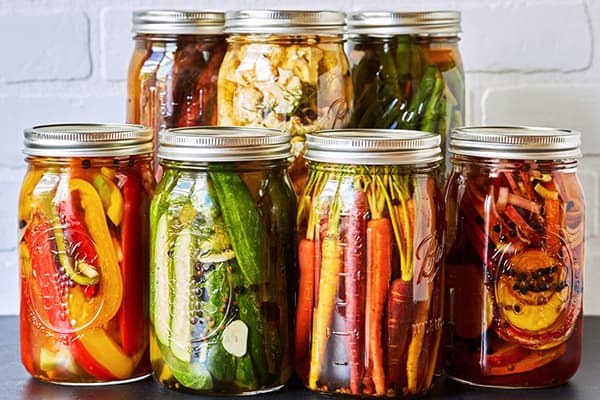
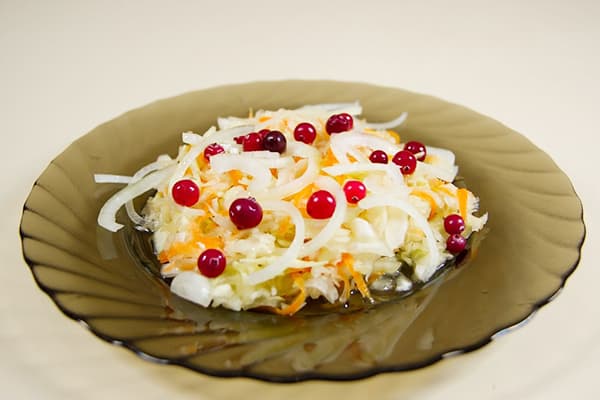
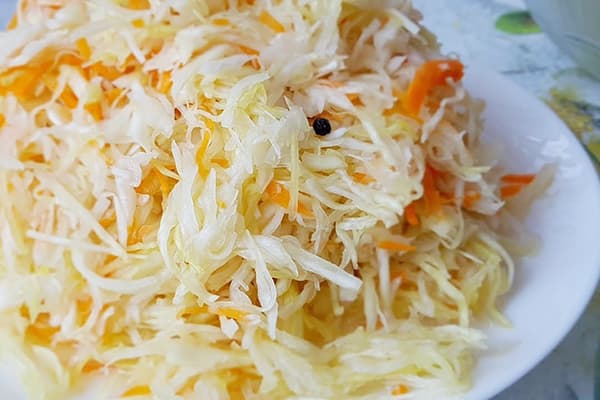
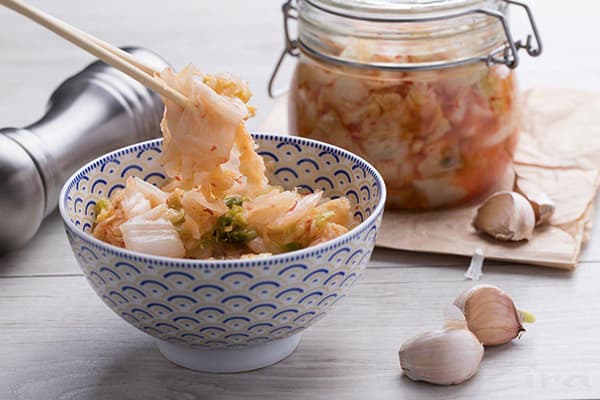
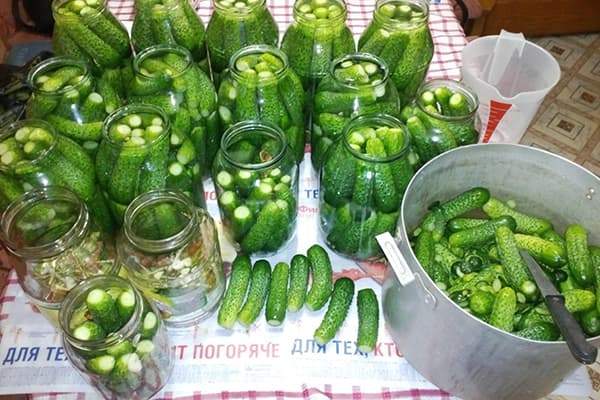
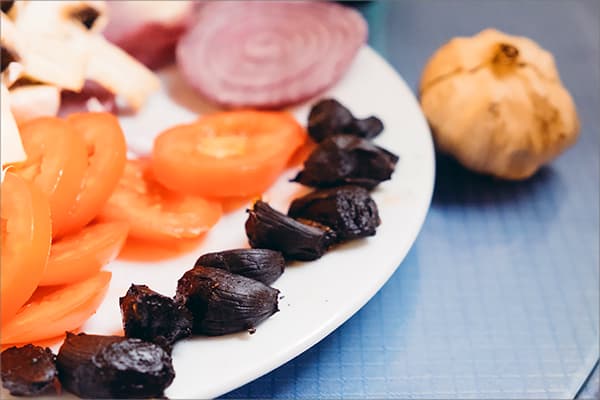
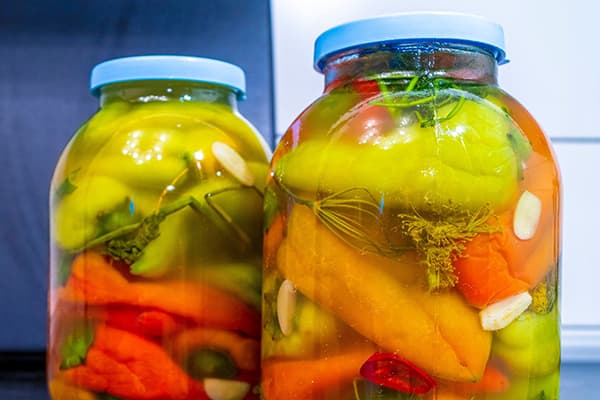
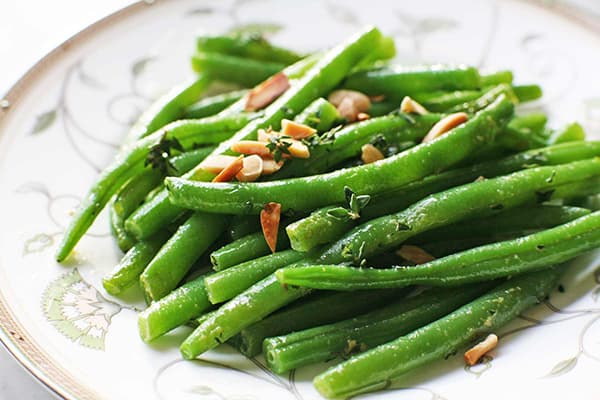
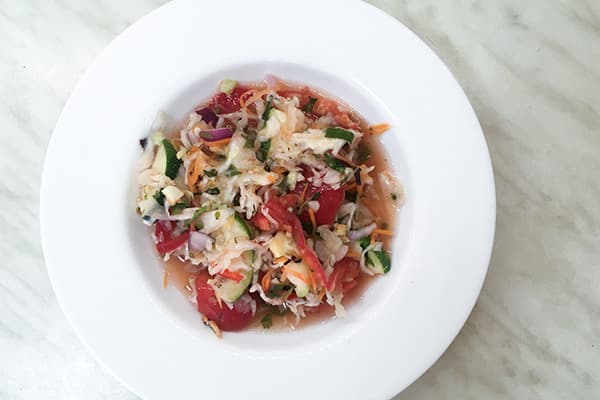
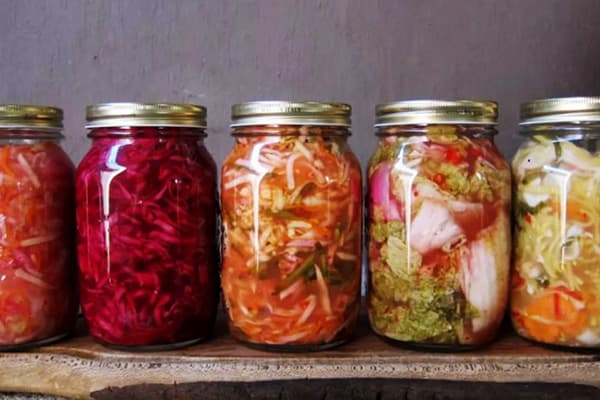
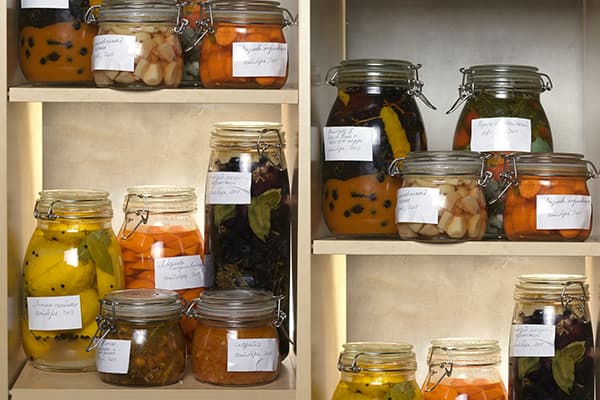
Thank you all in detail competently
Thanks! Interesting. Knew and fermented, it turns out fermented, only cabbage.